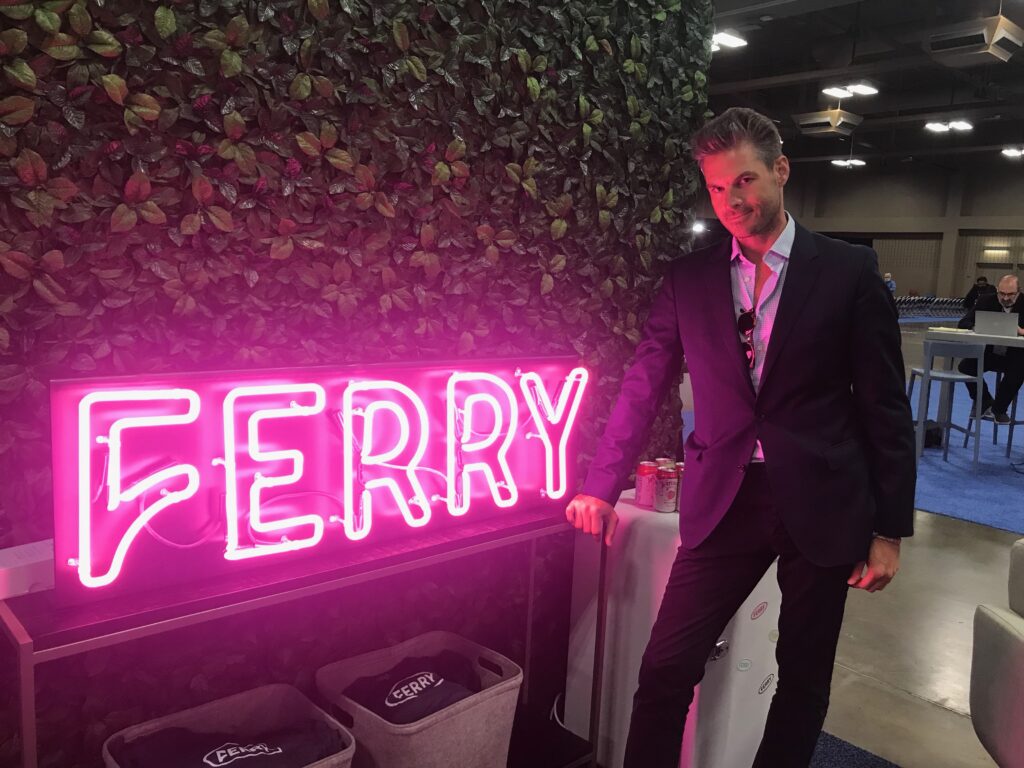 In 1999, the Texas legislature passed a law to mandate the state diversify its energy resources.
In 1999, the Texas legislature passed a law to mandate the state diversify its energy resources.
The legislation, dubbed the Texas Renewable Portfolio Standard, required all electricity providers to collectively generate 2,000 megawatts of additional renewable energy by 2009. The state estimates that 2,000 megawatts of renewable energy generates enough electricity to power more than 800,000 homes.
The 2005 legislature increased that to nearly 6,000 megawatts by 2015, said Robert J. King with Good Company. He moderated a utilities futures panel at the Clean Energy Venture Summit 2011 in Austin Wednesday afternoon.
“We’ve blown past that,” King said in an interview following the panel. “We’re already at 9,000 megawatts.”
That shift to renewable energy has kept the power flowing in Texas despite a huge demand for air-conditioning power from a sweltering hot summer. Renewable energy from coastal winds prevented a blackout on Aug. 4, King said. An additional 2,000 megawatts from coastal wind farms, combined with conservation prevented outages, he said.

The energy utility futures panel at Clean Energy Venture Summit 2011
“Wind is a competitive resource,” said Cris Eugster, executive vice president and chief sustainability officer with CPS Energy, San Antonio’s utility company. Wind energy costs just 5 cents per kilowatt, he said. That compares to 11 cents per kilowatt for nuclear, 4 cents for gas, 5 cents for coal and 15 to 30 cents for solar, according to the Pure Energy Systems Wiki.
Wind energy will play an even bigger part in the state’s future. King estimates that energy generated from wind will double to 18,000 megawatts within three to four years. Texas is spending $6.7 billion to put in new energy transmission lines in the next four to five years, King said. That’s nearly $2 billion a year statewide to upgrade the energy infrastructure system, he said. That presents huge opportunities for entrepreneurs and innovation in Texas, he said.
CPS Energy plans to generate 20 percent of its energy portfolio from energy efficiencies and renewables by 2020, Eugster said. It’s halfway there with wind energy making up 97 percent of its renewable sources, he said. But CPS also sees growth coming from solar. It runs that state’s largest solar farm, located on the south side of San Antonio, generating 16 megawatts of energy.
CPS also gets 250 megawatts of energy from 140,000 households participating in its energy efficiency program, Eugster said. And it has hundreds of customers enrolled in its home-based solar program, he said.
What’s starting to hook everyone together is the idea of the smart grid, according to panel members.
“Some entities out there think that having their own energy at hand, and not being dependent on the grid, is a good idea,” said Mark Carpenter, chief technology officer of Oncor.
Advanced meter legislation in Texas requires that utility companies install smart meters or digital readers inside people’s homes, King said.
“We have $3 billion being spent in the next couple of years on advanced meter infrastructure in Texas,” King said. That is a huge opportunity, he said.
Innovation in the last 18 months has been incredible, said William Clayton, vice president of customer care with NRG Reliant Energy.
“It seems like every day something new is coming out.” Clayton said.
Jon Shapiro, founder of the Texas Institute, told the audience that while energy companies focus on saving pennies they should be focused more on Cybersecurity.
“It’s really going to be the loss of power that is going to be a big win for smaller companies that diversify their energy sources,” Shapiro said.
Could a cyber-terrorist or hacker kid take down the energy grid?
“The systems were designed for straightforward communications and some of the equipment has been sitting in the fields since the 70s,” Shapiro said. “Many of these devices have a high degree of susceptibility to hacking. As you bring on more devices you have more vulnerability. The smarter you get the grid, the more entry points there are for hackers,” Shapiro said. He didn’t think a hacker or terrorist would take down the grid, but they could cause lots of painful problems and outages in parts of the system.
“100 percent of the customers want reliability,” said Larry Weis, general manager of Austin Energy, the nation’s ninth largest publicly-owned utility serving more than 410,000 customers.
Yet residential customers think about energy just six minutes a year, he said.
“I’m fascinated with all the things we can do,” Weis said. “I just hope the customers want it.”
Richard D. Williams, director of corporate development with Energy Future Holdings, based in Dallas, says the company has been trying to put solar panels on customers roofs for a long time.
But the cost to install solar panels from $10,000 to $30,000 has been prohibitive for many customers, he said. So the energy company went to a lease model and now it’s over-subscribed for its solar program, he said.
“Change the business model and attract more customers,” he said.
The leased program costs just $50 a month with no upfront costs, he said.
A lot of customers want a renewable energy package but they just don’t want to pay for it, he said.
During a question and answer session at the end of the panel discussion, an audience member asked about Algae as an energy-generating resource. King said the University of Texas is one of the leaders in Algae-based energy research and it has more than 3,000 strands of Algae in its research database.
Williams with Energy Future Holdings said the science behind Algae energy production is still about five years away from mass production.
Another audience member asked about the safety of smart meters in the home. She said a lot of California city governments have already banned them because of concerns about safety. The panel members said there is always concern when it comes to utility companies putting technology into customers’ homes, but the safety concerns are unwarranted.

